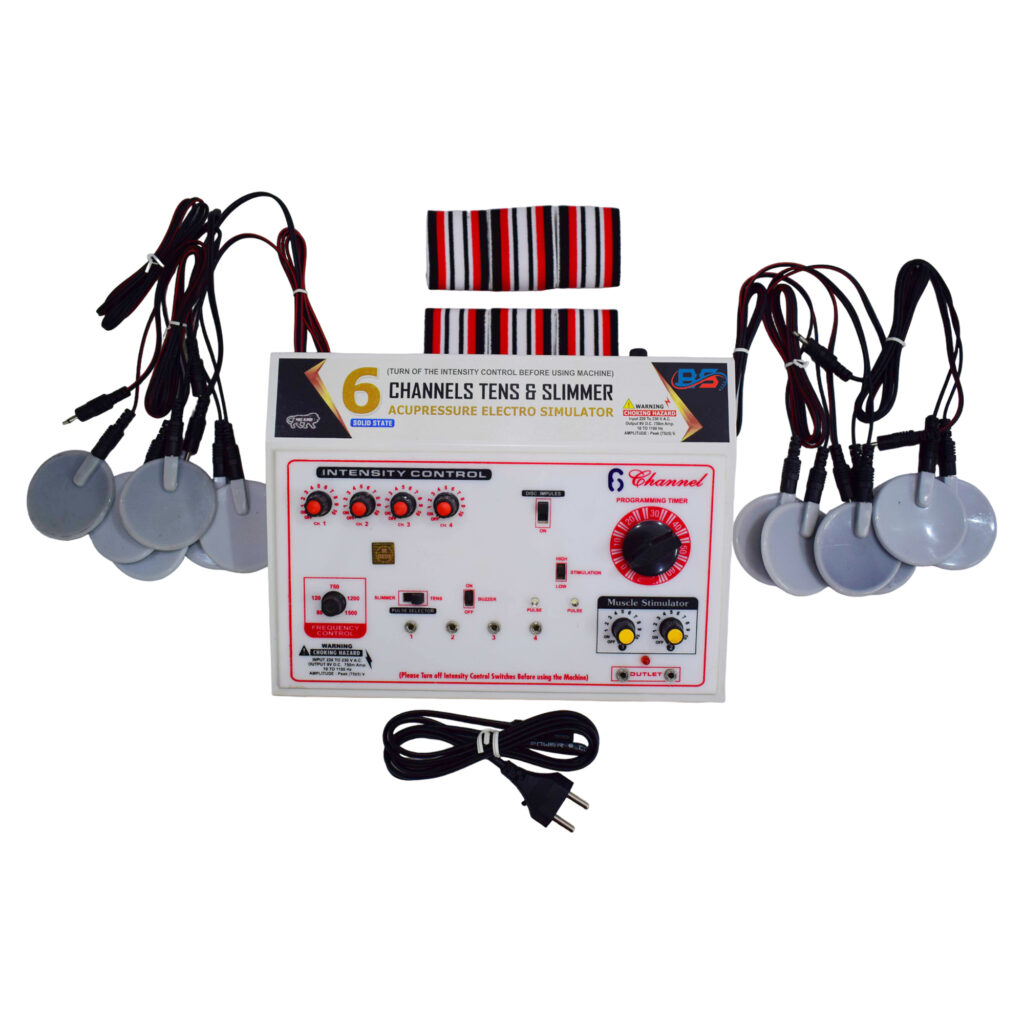1. Pain Reduction and Management Pain is a sensation triggered by chemicals released in the body where disease and injury have occurred. Not all pain is created equal. We tend to categorize pain as related to or coming from a damaged structure (acute, nerve, referred, mechanical) or primarily being centrally driven (typically chronic pain experienced by a heightened sense of threat from the central nervous system). Pain is multifaceted and complex, so physiotherapists use a combination of diagnosis and education to understand your pain and empower you to manage it, along with a combination of manual therapy, therapeutic modalities and exercise therapy to decrease your pain, modulate your pain perception, and promote healing. As time passes,your level of pain should decrease as the tissues have healed and as your physiotherapist has addressed calming down the central nervous system. 2. Strong Muscles and Joints Although physiotherapists are not physical trainers or fitness trainers, they have extensive in-depth training in exercise prescription for special populations and effective physiotherapy treatment often involves exercise therapy by incorporating individualized exercise programs. Proper and consistent practice of these movements can improve your muscle and joint function and strength as well as your bone density and cardiovascular health. 3. Better Movement and Balance Physiotherapy involves stretching and strengthening exercises to help restore your ability to move, maintain balance and stability, and prevent falls. Being able to move better increases your confidence, allows for independence, and gives you the benefit of enjoying all aspects of life’s physical pleasures and demands. 4. Recover From Surgery There is almost always some level of discomfort after surgery, if not significant pain. The good news is that physiotherapy can use a variety of modalities to aid in post-surgery rehabilitation and pain management. To help yourself maintain a positive and focused mindset, you’ll want to set goals with your physiotherapist. This will keep your rehabilitation progress on track, and give you something to work towards. 5. Restore Pre-Injury Activity Your return to pre-injury activity will vary depending on several factors, including: the severity of the injury, your pre-injury level of fitness, your age, and the demands of your activity. Physiotherapists target your injury from multiple angles to restore your functionality, strength and flexibility. The goal is to get you back to your pre-injury activity as quickly and safely as possible, while also reducing the odds of your injury or condition from occurring again. 6. Drug-free Treatment Rather than relying solely on medication to manage a condition, physiotherapists combine exercise therapy, manual therapy, and various treatment modalities including shockwave therapy, ultrasound therapy, therapeutic taping, transcutaneous electrical nerve stimulation (TENS), cryotherapy, and thermotherapy. This multimodal approach reduces your dependency on medicine, and instead offers a healthier and more sustainable method of recovery. 7. Accurate Diagnosis The goal of physiotherapy is to address your pain, help you recover, and achieve your lifestyle goals. However, many individuals suffering from physical pain or discomfort are often sitting in frustration regarding their progress and pain. The most common problem is an inaccurate diagnosis and a lack of understanding of what is going on and why there is pain. The most successful physiotherapists do a comprehensive evaluation and assessment right at the start to identify the root causes of your symptoms. 8. Improve Fitness and Athletic Performance Athletes or physically active people who want to perform better in their sport or elevate their fitness, often look to sports physiotherapy as a way to maximize their performance potential. Physiotherapists use various strategies to improve body functionality and strength. 9. Improve Mental Health There is a strong fundamental link between mental and physical health. Everyone who has experienced physical suffering understands the impact it has on your emotional and mental well-being. Physiotherapy helps to improve your physical health so you can live a happy, pain-free, and enjoyable lifestyle. 10. Avoid Surgery Surgery may not be needed if physiotherapy helps you eliminate pain or heal from an injury. Even if surgery is required, you may benefit from pre-surgery physiotherapy. You’ll have a faster post-surgery recovery by going into a surgery stronger and in better shape.






